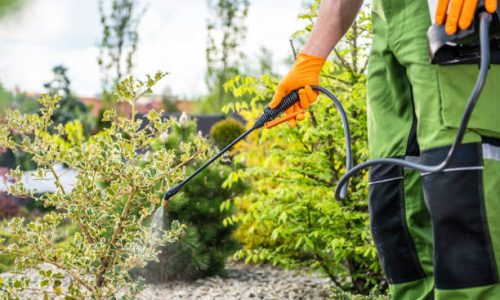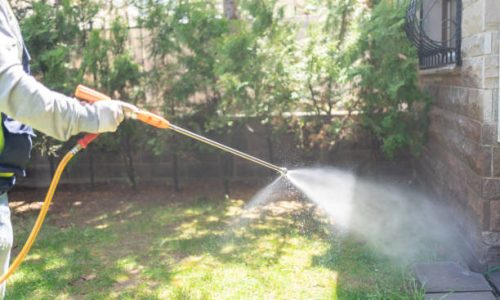Imagine this: You step outside on a crisp morning, eager to admire your beautiful lawn. But instead of a verdant expanse, you’re greeted by patchy, brown areas, and the telltale signs of something amiss. Your once-thriving turf seems to be disappearing, and the culprit? Unwanted lawn pests.
Don’t despair! This guide empowers you to become a lawn detective, uncovering the common insect and grub foes that can wreak havoc on your green haven. By understanding their destructive habits and implementing effective management strategies, you can reclaim your lawn and restore its lushness.
Our journey begins by identifying the potential culprits. Here’s a look at some frequently encountered lawn insect pests and the damage they inflict:
Unlike some pests easily spotted munching on leaves, lawn insects and grubs often operate in stealth mode. Here’s how to become a lawn detective and identify their presence:


Having identified the enemy, it’s time to strategize their defeat. Here’s an overview of common management approaches:
Let’s illustrate the battle plan with a real-life scenario:
The Scenario: Sarah notices brown patches developing on her lawn. After closer inspection, she finds small, yellowish insects clustered near the base of grass blades. Recognizing the signs, she identifies the culprits – chinch bugs.
Sarah’s Approach:
